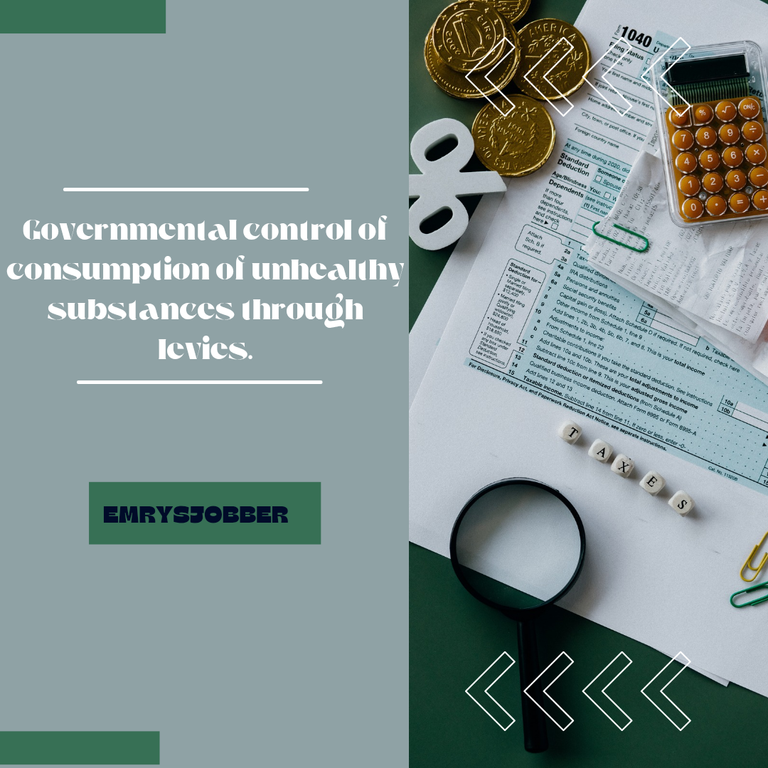
The eradication and reduction in the consumption of some substances in the society has been a controversial subject in my country for a long time. The government have deployed all kind of agencies in order to curb the rising spate of consumption of dangerous substances but despite this, we have not gotten so far. Everyday we hear of all kind of stories from the news media about the damages caused by men and women, who commit crimes under the influence of hard drugs. Causing damage to humans and properties, jeopardising the safety of the innocent people.
These crimes used to be minimal but as a result of the discovery more dangerous substances by God knows who, the consumption rate has increased, so does crime rate. It is hard to tell what the source of the problem is because all kind of theories have been quoted but it doesn't seem to have any practical solution to the problem at hand. When you speak of consumption of dangerous substance which ranges from drugs to alcoholic drinks, the first thing that comes to mind is exposure and availablity.

These substances used to be scarce in our society, making it difficult for people to access to. People used to hide in the darkest corner of the street to sell or purchase these items but what we have now is a lot different. These items are now sold in public, which is available to anyone with what it takes to purchase it. These dangerous substances are also sold on social media, people advertising it openly for people to see. It makes you wonder if it has become legal to sell these items.
In the streets, for every 20 shops, more than half of it are either selling drugs or alcohol. Seeing the rate at which anyone can purchase these items, it shows people have found a way to make it less costly. For example, for companies manufacturing alcoholic drinks, most of them have realised that not everyone will be able to afford the ones packaged in big bottles.
In order to promote consumerism, they started producing sachet drinks and small plastic bottled drinks. If you have been to any of these motorist garage, you would see these sachets and small bottles everywhere. It seems availability of these substances is the problem, I mean it is availability of these substances that increases the margin of exposure. Let's not forget that it is these manufacturers that made these dangerous substances more available.
Speaking of government imposing hefty levies on unhealthy substance in order to decrease consumption, it definitely sounds like a debatable idea. Unhealthy substances is a more bigger field, let's focus on the dangerous ones like, alcohol, cigarette, controlled/legal drugs. Trying to combine other items like substances with high rate of sugar, cholesterol e.t.c this is like taking the battle to the next level. Making the dangerous substances more expensive to decrease the availability won't have any effect, the reason is quite simple.

Like I mentioned earlier, it is the manufacturers of some of these dangerous items most especially cigarettes and alcoholic beverages, that always ensure availability of the substances to eliminate competition. If the government should impose hefty taxes on them, that would only enrich the pocket of the federal government but these people will definitely pay the hefty taxes since they make a lot of profit from the business. All the manufacturer needs to do is to reduce the size of the items to cover hefty taxes imposed by the government and continue to make their products available.
People definitely play a part in the consumption of these dangerous substances but it is the manufacturers that promoted it. From my point of view, this idea sounds like a good way to generate revenue for the government but it is not a solution to reducing the consumption of dangerous items. As long as the manufacturers continue to make these substances in affordable sizes, imposing hefty taxes to control the consumption would not have any effect.
This write-up was inspired by weekly featured content titled Healthy tax in hive learners community.
Cover image - 𝖣𝖾𝗌𝗂𝗀𝗇𝖾𝖽 𝗎𝗌𝗂𝗇𝗀 𝖼𝖺𝗇𝗏𝖺
Image 1 - Source
Image 2 - Source


